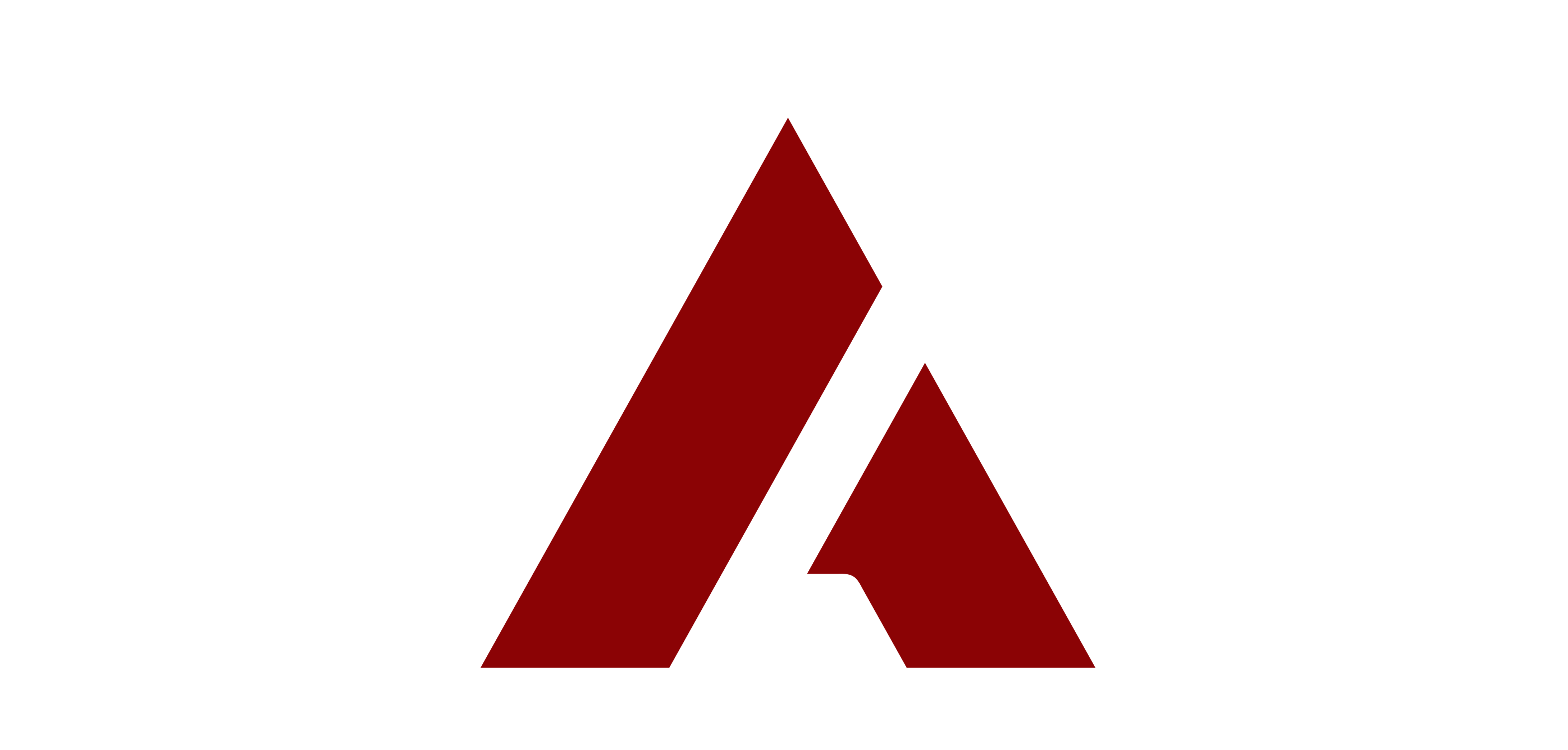. 3 Min read
A Look at State NIL Legislation Seven Months from July 1
As the industry reflects back and looks ahead, see how state legislatures have prepared for, reacted to, and continue to adapt to NIL laws.
Article
Looking back at the last seven months, college athletes have emerged as impressive entrepreneurs, podcast hosts, ambassadors, philanthropists, and pioneers of their own brand. As the industry reflects back and looks ahead, another unfolding trend is how state legislatures have prepared for, reacted to, and continue to adapt their NIL laws.
Leading up to July 1
On July 1, 2021, the college athletics world braced for change as NCAA athletes were granted the ability to use their Name, Image and Likeness (NIL) for compensation. But why were they able to do so? Several state laws—and eventually the NCAA—said they could. While federal bills have been proposed over the last few years, Congress has yet to approve a nationwide set of NIL rules. As a result, institutions are left to draft their own guidelines in accordance with state law and the limited restrictions of the NCAA’s interim policy. Free of anticipated “guardrails” and a long list of prohibited conduct, the NCAA’s July 1 guidance can be broken down into two fairly simple rules beyond the required quid pro quo (compensation in exchange for a service): athletes may not receive compensation for athletic participation/performance (i.e., “pay for play”) nor may they engage in NIL deals contingent on enrollment or re-enrollment at a particular institution (i.e., recruiting inducements).
This interim policy was announced on June 30, one day before 12 states’ NIL laws or executive orders were set to go into effect. The NCAA made clear that institutions in states with an NIL law must follow that law (all of which prohibit pay for play and recruiting inducements) while institutions in states without an NIL law must follow the NCAA’s interim directive in addition to any related institutional policy.
What schools and state legislators didn’t expect? The lack of rules handed down by the NCAA. Schools and athletes in states without state-mandated regulations often have much fewer restrictions to follow due to the broad nature of the NCAA’s interim policy. Since July 1, nine (9) additional states have enacted an NIL law while a few states have not proposed any legislation, and other states’ efforts have died at different stages of the law-making process.
What we’re seeing now
Seven months since July 1, two major trends have emerged: (1) states that originally passed NIL laws are looking to repeal or amend them, and (2) states that chose not to pass an NIL law are taking different approaches.
Alabama, for example, was one of the first 12 states to enact an NIL law. State legislators are now in the process of repealing that law because Alabama’s NIL rules are seemingly more restrictive toward athletes’ opportunities than states without NIL laws. Florida’s approach is similar. Legislators in the Sunshine State are in the process of striking language that forbids the involvement of university employees in athlete NIL deals. Another state with an NIL bill that went into effect on July 1 is Oregon. Instead of repealing its law, the Oregon legislature recently proposed a new bill to protect athletes’ rights to collect royalty payments on jerseys, video games, and other commercial products.
Maine and Iowa—states without existing NIL laws—are taking notably different stances on bills pending within their respective legislatures. Unlike laws passed in other states—before and after July 1—these proposals include language specifying whether college athletes are defined as employees of their institution. Perhaps not surprisingly amidst this era of varying and inconsistent regulation, the two states differ in their approach. Maine’s proposal makes it clear that athletes are not employees of universities while Iowa’s pending law calls for athletes to be classified as employees and allows the Iowa Board of Regents to determine compensation parameters.
What to watch for
If these pending state bills pass—all of which were proposed since the start of 2022—there could be an accelerated shift in focus from the original goal of allowing athletes to profit from their NIL. Even now, we see a shifted focus on labor rights for athletes and legislatures taking sides on whether athletes should be defined as employees of universities, as evidenced in current pending litigation of the House and Johnson cases and the recent unfair labor practices charges filed by the National College Players Assn. with the NLRB. The NCAA may also release a finalized policy which may result in reactionary results from state legislatures depending on how restrictive or unrestrictive it is. Lastly, if a federal NIL law is passed, it would prevail over all state laws and NCAA policy. Amidst all the developing litigation and legislation, the genie cannot be put back in the bottle, and if anything, athletes likely stand to gain more and more rights.


